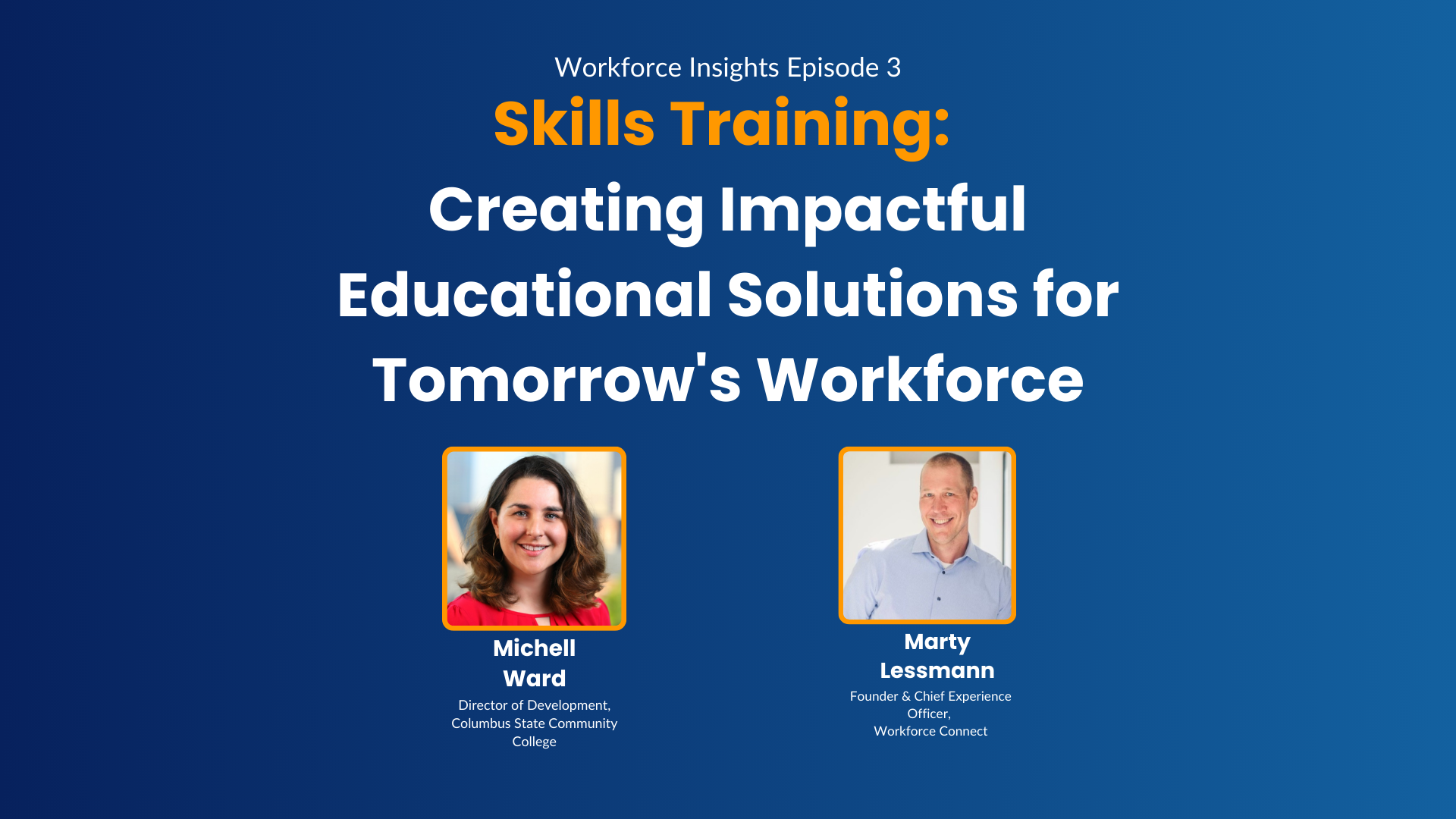Executive Summary
As community and technical colleges, workforce organizations, and industries deepen their workforce development partnerships, effective task management becomes fundamental for managing multiple relationships and ensuring successful outcomes. Workforce partnerships often face challenges, including limited resources and underfunded teams, making streamlined processes essential. This Workforce Insight explores the importance of task management in expanding workforce partnerships, offering strategies for overcoming hidden challenges, and demonstrating how underfunded teams can still achieve success. By implementing better task management practices, colleges and industries can strengthen their collaborations and achieve scalable results that meet labor market demands.
Introduction
Community and technical colleges and workforce organizations play an increasingly vital role in closing the skills gap by collaborating with industries to create workforce training programs. These partnerships are often complex, involving multiple stakeholders, funding streams, and logistical considerations. Task management—the process of organizing, prioritizing, and coordinating tasks—is an essential yet often overlooked component of these collaborations. Without effective task management, workforce development partnerships can face delays, miscommunication, and reduced program effectiveness. According to the National Skills Coalition (2023), over 75% of community colleges report difficulties managing multiple workforce partnerships, a problem exacerbated by underfunded teams and limited administrative support.
This Workforce Insight covers
- Role of task management in successful workforce partnerships
- Common challenges of managing multiple partnerships
- Strategies for successful task management
- Streamlining processes for improved results.
“As an organization, we are leaning into structure, and Workforce Connect provides the structure.”

Dr. Stephanie Fuji
President, Arapahoe Community College
Managing Multiple Partnerships: The Hidden Challenges
As workforce development partnerships grow, so too does the complexity of managing them. Colleges and workforce agencies often partner with several industries simultaneously, each requiring tailored training programs, regular communication, and data reporting. Juggling these responsibilities without a clear task management system can lead to inefficiencies.
A report by the American Association of Community Colleges (2022) found that nearly 68% of colleges with multiple workforce partnerships experienced delays in program implementation due to poor coordination and unclear role definitions. These hidden challenges can reduce the effectiveness of partnerships, especially when stakeholders are not aligned on timelines, objectives, or resource allocation.
Common challenges:
- Overlapping deadlines: Managing multiple grant timelines or employer requirements can overwhelm teams without proper scheduling and task delegation.
- Miscommunication: Inadequate tracking of communication between colleges and industry partners often results in unclear goals and inconsistent program execution.
- Unclear priorities: With multiple stakeholders, determining which tasks are most critical can become difficult, leading to delayed decision-making.
Task management tools that offer task tracking, delegation, and deadline management can mitigate these challenges. Such platforms enable project leaders to visualize workloads, set priorities, and streamline communication across all partners.
How Underfunded Teams Can Still Achieve Success
Many workforce development teams operate under tight budgets and staffing constraints, making efficient task management all the more important. A recent study by the Lumina Foundation (2023) found that 42% of workforce development departments in community colleges operate with less than five full-time staff, even as the number of partnerships grows.
Underfunded teams can succeed despite limited resources by adopting strategic task management practices. These include:
- Prioritization: Teams should focus on high-impact tasks that align directly with workforce development goals. By breaking larger projects into smaller, manageable tasks, teams can ensure consistent progress even with limited resources.
- Delegation: Empowering staff members by assigning specific roles and responsibilities ensures that all tasks are covered without overburdening one team member. Cross-training staff can also help mitigate risks when resources are constrained.
- Use of automation: Automating routine tasks like meeting scheduling, data collection, and reporting can free up time for staff to focus on higher-priority items.
Streamlining Processes for Better Workforce Partnership Results
Effective task management is not just about keeping track of to-do lists; it’s about streamlining entire processes to achieve better outcomes. By adopting streamlined processes, workforce organizations and their partners can reduce redundancy, eliminate bottlenecks, and improve communication, resulting in more successful partnerships.
A McKinsey & Company (2022) study found organizations that implemented process management tools to streamline workflows saw a 30% improvement in project completion rates. Streamlining can involve:
- Centralized communication platforms: Using a single platform for all communications reduces the likelihood of missed messages and keeps everyone on the same page.
- Standardized reporting: Implementing uniform reporting templates for workforce programs can speed up data collection and ensure consistency across partnerships.
- Regular check-ins: Scheduling regular check-ins with industry partners helps keep projects on track, addresses issues early, and aligns expectations between partners.
Conclusion
As workforce development programs continue to grow, community and technical colleges play a vital role in addressing the skills gap in today’s labor market. The shift from traditional credit-bearing courses to flexible, non-credit offerings is not only meeting the needs of students but also ensuring that colleges remain financially sustainable in an ever-changing education landscape. By fostering industry partnerships and developing targeted training programs, these institutions are helping to build the workforce of the future.
References
- American Association of Community Colleges. (2022). *Workforce Partnerships Report*. AACC Research Brief.
- Lumina Foundation. (2023). *Supporting Workforce Development: Challenges and Opportunities*. Lumina Foundation Report.
- McKinsey & Company. (2022). *The Future of Work: How Task Management Impacts Workforce Development*. McKinsey Global Institute.
- National Skills Coalition. (2023). *Managing Workforce Development Programs: A Skills-Based Approach*. National Skills Coalition Annual Report.




